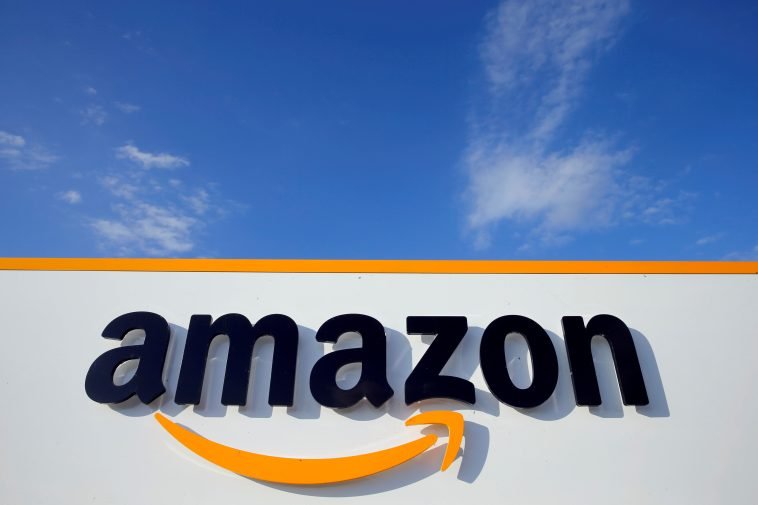Introduction.
Self-publishing on Amazon has made it possible for many authors to share their work without going through traditional publishing hurdles.
But pricing that book—especially for print-on-demand (POD) formats—can be tricky. The price is too high, and readers may skip your book.
The price is too low, and you may not see much profit for all your hard work. So, how do you strike that sweet spot?
In this guide, I’ll walk you through everything you need to consider when pricing a print-on-demand book on Amazon.
Let’s dive in.
Understanding Print-on-Demand Costs on Amazon
Before setting a price, you need to understand the base costs associated with Amazon’s print-on-demand (POD) service.
Amazon’s POD platform, Kindle Direct Publishing (KDP), charges a printing fee that depends on the book’s page count, size, ink type (black & white or color), and whether it’s printed in the U.S. or overseas.
Here’s a breakdown:
- Printing Cost: Amazon charges a fixed cost per book plus an additional fee per page.
- For black-and-white books: The fixed cost is usually around $0.85 per book, plus an additional $0.012 per page.
- For color books: Costs are higher, starting around $3.65 per book, plus $0.07 per page.
- Royalty Structure: You get 60% of the list price minus the printing cost on each sale.
For example, if you price your black-and-white 200-page book at $15, Amazon would deduct the fixed $0.85, $2.40 for the pages, and keep 40% of what’s left.
You’ll receive approximately $7.35 per sale. Adjusting your price just a little can significantly impact your take-home profit.
Factors to Consider When Pricing Your Book
1. Production and Printing Costs.
This is a non-negotiable cost deducted by Amazon. Ensuring that you’re making a decent profit requires calculating these costs accurately.
2. Market Research and Competitor Analysis.
Look at other books in your genre, niche, or category. A quick search on Amazon can show you where similar books are priced, giving you an idea of the price range that readers expect.
3. Audience Expectations.
Consider your target audience’s willingness to pay. For example, readers in specialized niches (like business or technical fields) often expect to pay more for high-quality, informative content.
On the other hand, readers in highly competitive genres like fiction or self-help may have different expectations.
4. Profit Margins and Royalties.
Calculate how much profit you want to make per sale. Amazon’s 60% royalty rate minus the printing cost leaves you with some flexibility, but balancing between affordability for readers and profit for yourself is key.
5. Book Format (Paperback vs. Hardcover).
Hardcover POD books are typically priced higher, as they cost more to produce. Consider offering both options to capture different segments of your market.
Paperback versions tend to be more popular and affordable, whereas hardcover editions appeal to collectors or those willing to spend more.
6. Global Reach and Currency Exchange.
Amazon sells internationally, so your book’s price will appear in various currencies. Setting a price that’s competitive in multiple markets can help increase sales.
Steps to Determine Your Book’s Price
1. Calculate the Printing Cost.
Use KDP’s pricing calculator to know exactly what you’re up against with Amazon’s fixed and per-page costs.
2. Analyze Your Genre and Audience.
Researching similar books is essential. Look for books that are similar in length, genre, and niche to see where they are priced.
Aim to match or be just slightly below the average if you’re a first-time author or don’t have a large following yet.
3. Choose Your Desired Profit Margin.
Think about how much you want to make per sale. If the minimum acceptable profit margin per book is $5, price accordingly. But if you aim for higher profits, ensure that the final price is justifiable by your content and quality.
4. Experiment and Adjust.
Pricing isn’t set in stone. You can adjust your price later based on sales trends and customer feedback. A/B testing with different prices over a few weeks or months can provide valuable insights.
Pros and Cons of Pricing Strategies
Pros
- Flexible Pricing Options: Amazon allows adjustments anytime, so if your initial pricing doesn’t work, you can change it.
- Reach More Customers: By pricing competitively within your genre, you can attract budget-conscious readers.
- Potential for Higher Earnings: A higher price may be accepted in niche genres where readers value specialized knowledge.
Cons
- Cutting Into Profits: Amazon’s printing fees and royalties mean a lower profit margin per sale, especially if you price on the low end.
- Risk of Overpricing: New authors might struggle to sell if they price their books too high compared to established competitors.
- Complex Calculations: Finding the right balance between printing costs, market standards, and profit margins can be time-consuming.
FAQ
1. How much does Amazon charge to print my book?
Amazon’s printing cost varies by book length, ink type, and size. For example, a black-and-white 200-page paperback will have a base fee of around $0.85 plus $0.012 per page. You can use Amazon’s KDP Pricing Calculator to estimate these costs more accurately.
2. What is the recommended price range for self-published books?
Generally, paperback prices range from $9.99 to $15.99 for most genres, though niche books or those with higher production value may go up to $25. Pricing within the expected range for your genre ensures you stay competitive.
3. Can I change my book’s price after publishing?
Yes, Amazon allows authors to adjust their book’s price anytime. If you feel that a different price could improve sales, you’re free to experiment.
4. What royalties can I expect on Amazon’s POD platform?
You’ll earn 60% of the list price after Amazon deducts printing costs. For example, if your book is priced at $15 and the printing cost is $3, you’ll receive 60% of the remaining $12, which comes to $7.20.
5. How can I price my book for international markets?
When setting up your book, you can set prices for each Amazon marketplace. You may want to adjust the price slightly for each region based on local competition and purchasing power.
Conclusion
Pricing a print-on-demand book on Amazon can feel like a balancing act, but with a clear understanding of costs, competitor analysis, and audience expectations, you can find a price that works for you and appeals to your readers.
Experimenting and being open to adjustments over time can also help you optimize your pricing strategy.
So, with everything in mind, what pricing strategy do you think would best meet your goals and reach your audience?





GIPHY App Key not set. Please check settings